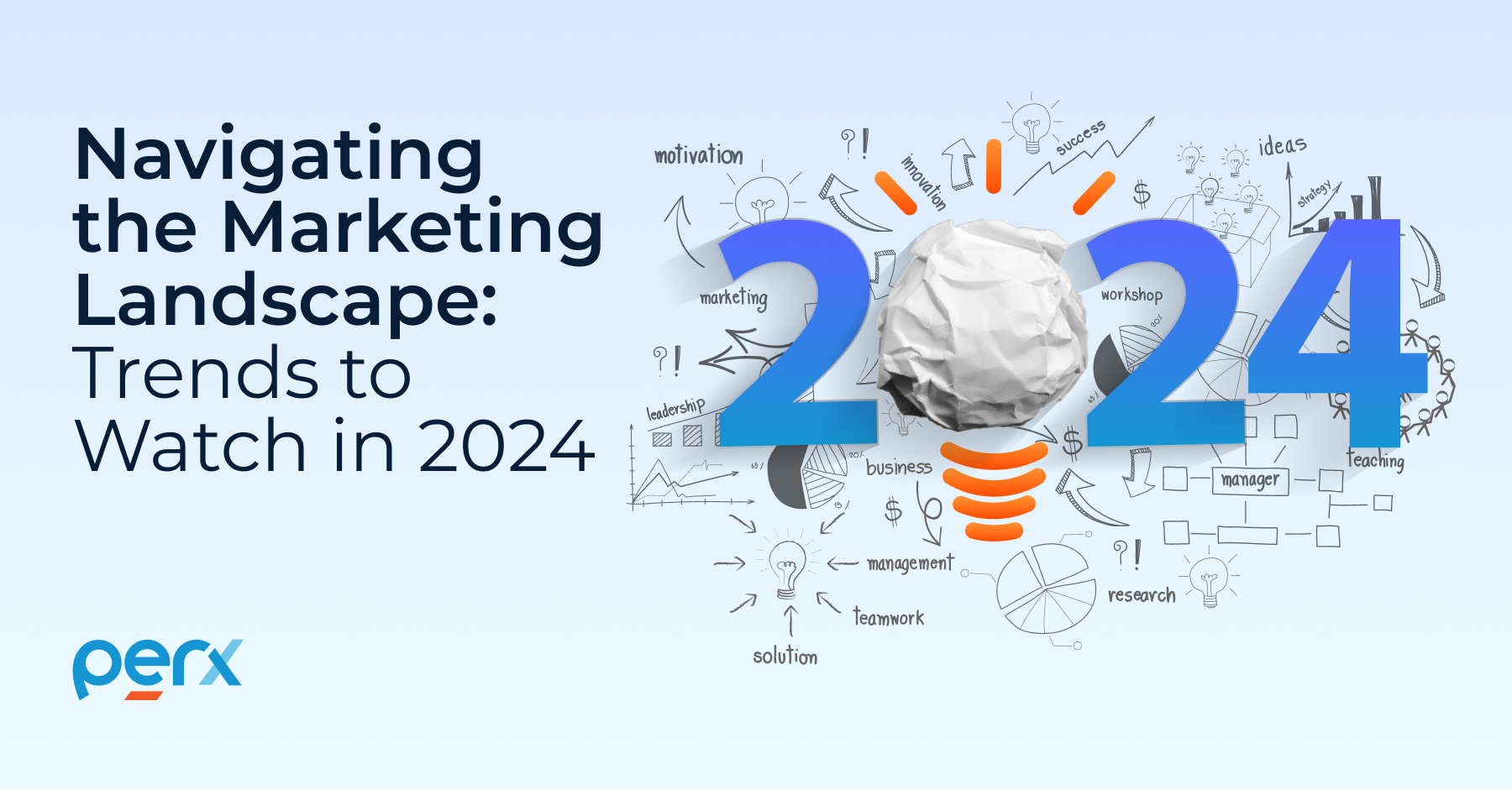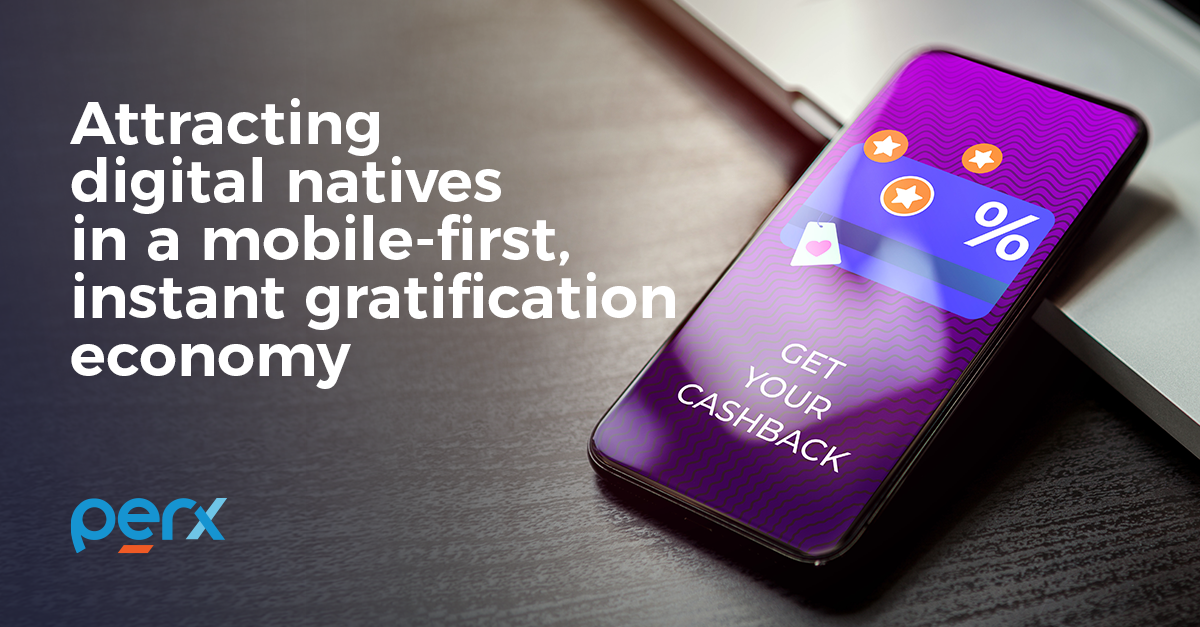Design customer centric campaigns for enhanced Loyalty
RETAIN & GROW
Transform referrals into a stamp collection game

Transforming referral campaigns into rewarding games enhances customer participation, encourages viral growth, and delivers a gamified experience that drives both customer engagement and loyalty
Amrith G, SVP | Marketing & Customer Analytics
Journey Popularity Index: ![]()
The Rationale
By turning referral campaigns into a stamp collection game with rewards, businesses can incentivize customers to actively participate, share their experiences, and refer others. This results in increased brand visibility, customer acquisition, and overall business growth
The Benefits
Gamified experiences create a sense of excitement and achievement, driving higher participation and increasing the number of referrals generated. It also helps generate a buzz around the brand, amplifying visibility and brand awareness
Ideally Suited For
Industry: All
Mobile app: Yes
Key Performance Indicators
Referral reach, referral conversion rate, referral program ROI


Product Cross-sell
To monetize Alena, a personalized credit card offer is presented to her
Action 1: Card Application
Intrigued by the offer, Alena applies for a credit card


Instant Reward For Customer Action
Upon approval of the account, Alena instantly gets rewarded with her personalized gift
CUSTOMER DELIGHTED
Nudging Next Customer Action
To encourage Alena to start transacting, she is sent a cashback offer on her new credit card.


CUSTOMER RETAINED
Action 2: Credit Card Use
She uses her credit card to make online transactions and is instantly gratified with cashback
Action 3: Referrals
Alena receives communication urging her to refer new customers to the app

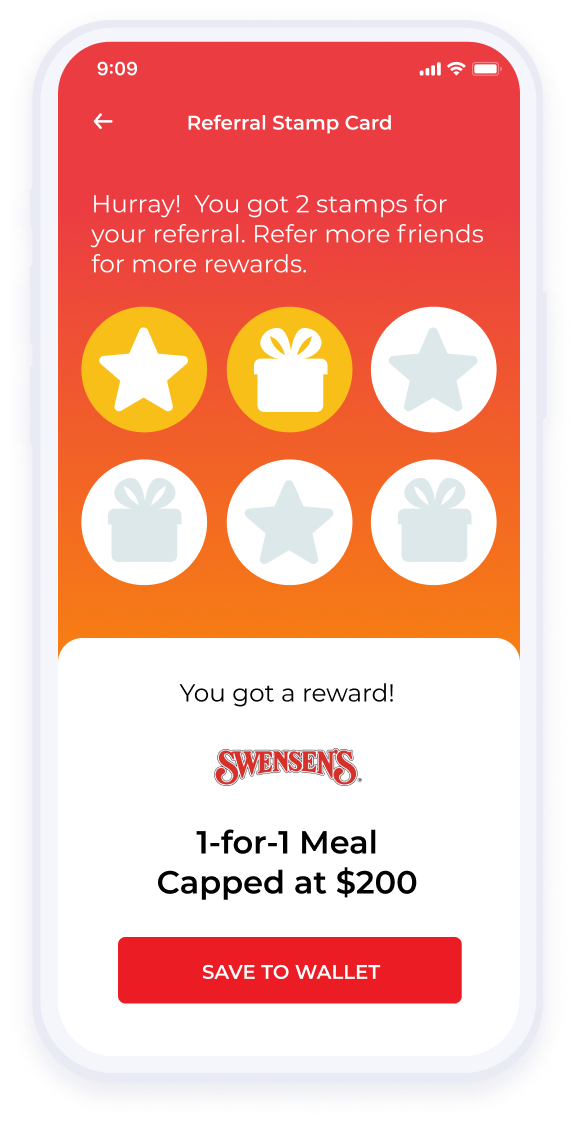
NEW-USER GROWTH
Rewarding Customer Referrals
Alena earns a reward, gratifying her upon referring two friends.
Rewards For Future Use
She saves the referral reward in her wallet for future use.


Explore more Use Cases
Explore more Use Cases
Ready to join them?

Feedback From
Our Customers
"I gotta say, I'm really surprised - I was able to create a loyalty program in just one minute!"

"The platform is incredibly user-friendly, making it easy for businesses to create and launch loyalty programs that really work"

"The solution offers unmatched flexibility, allowing businesses to customize their loyalty programs to align with their unique needs and brand identity"

"The platform helps drive more meaningful customer engagements, enhance stickiness, improve NPS & thus increasing revenue incrementally for our brand"

"Having delivered real world results in customer engagement, Perx is perfectly suited to accelerate & extend our creative & cutting edge innovation"

in 4 weeks



100 days
Leading telecom serving 90M customers boosts customer actions through gamification.


revenue in 100 days

15M brand interactions created
Leading bank engages 4M+ customers with 15M interactions in one year.

25%

221K
actions and interactions

Over $18M in incremental revenue
Leading bank increases overseas spending by high-end credit card customers.


4.8M

Recommended for you

Customer Engagement, Gamification, Gamified Badges

Customer Engagement, Gamification, Gamified Badges

Engagement, Customer Loyalty, Personalized Rewards

Engagement, Customer Loyalty, Personalized Rewards
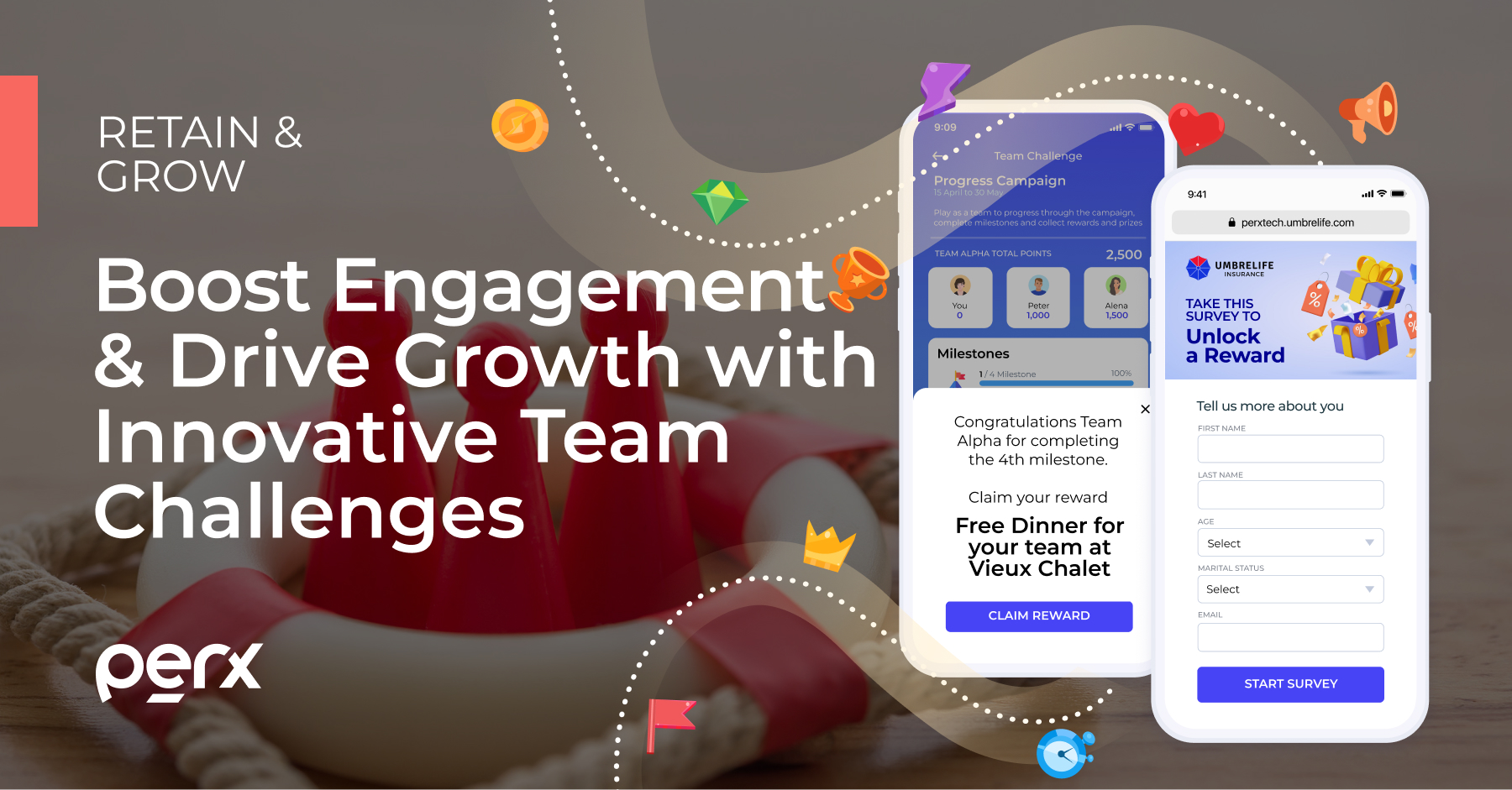
Customer Engagement, Gamification, Loyalty










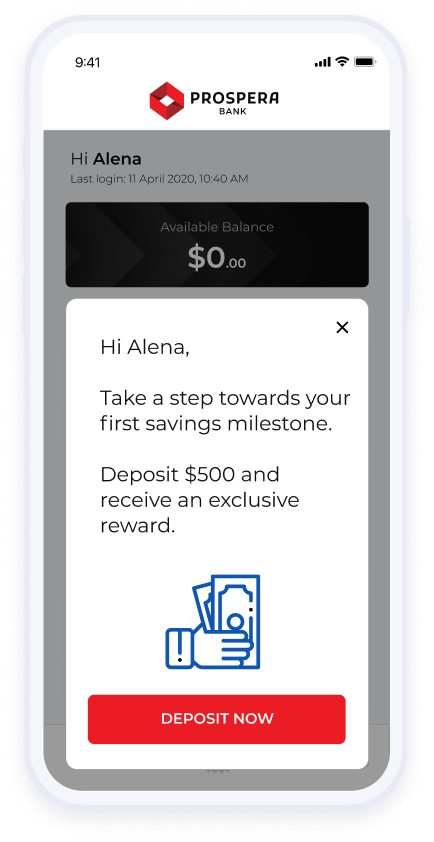











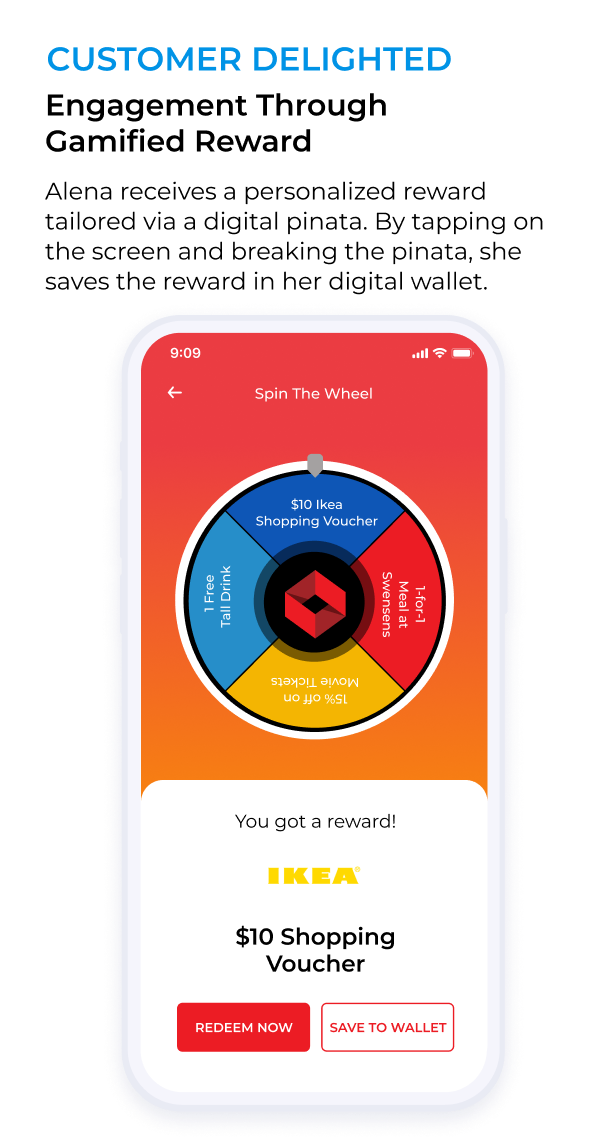






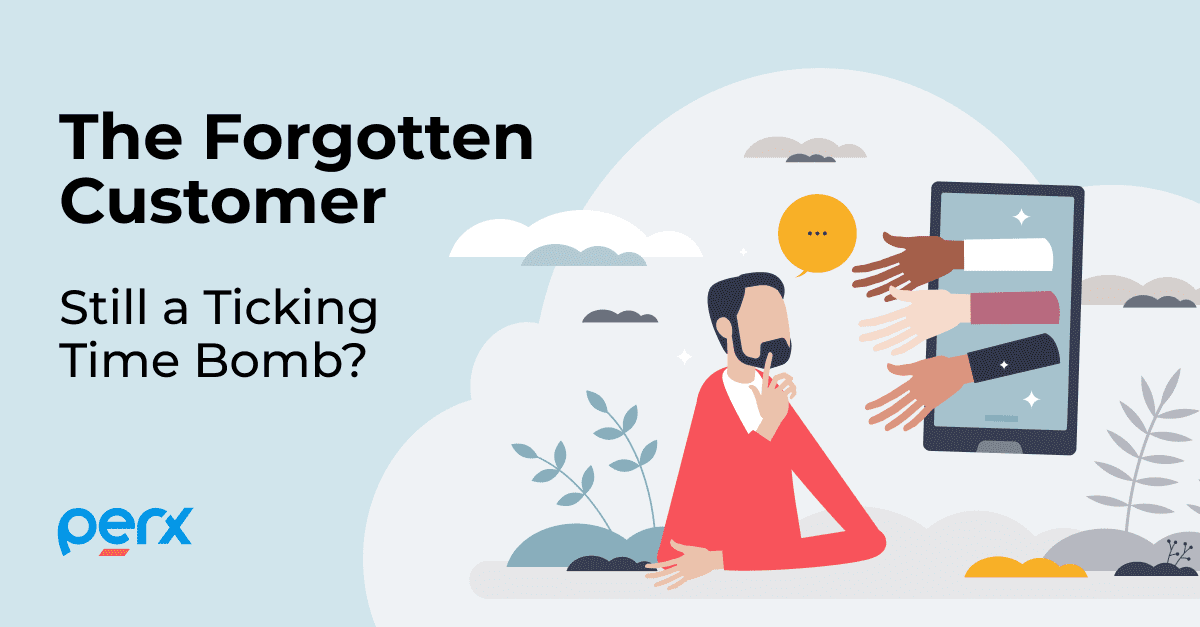










































 Personalized Feeds
Personalized Feeds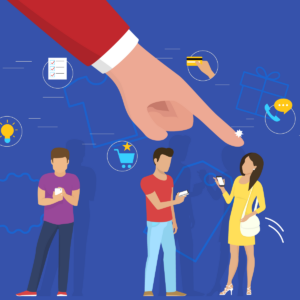 Precision Nudging
Precision Nudging